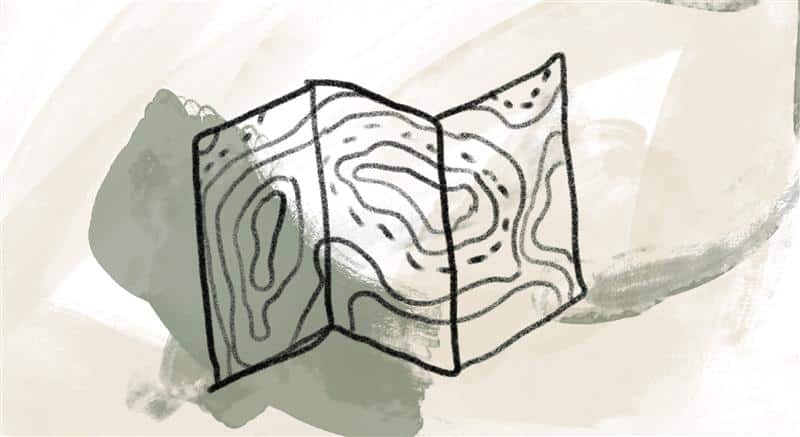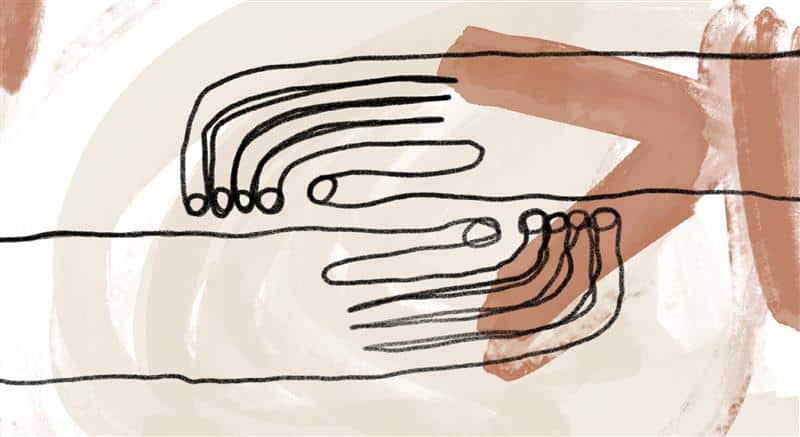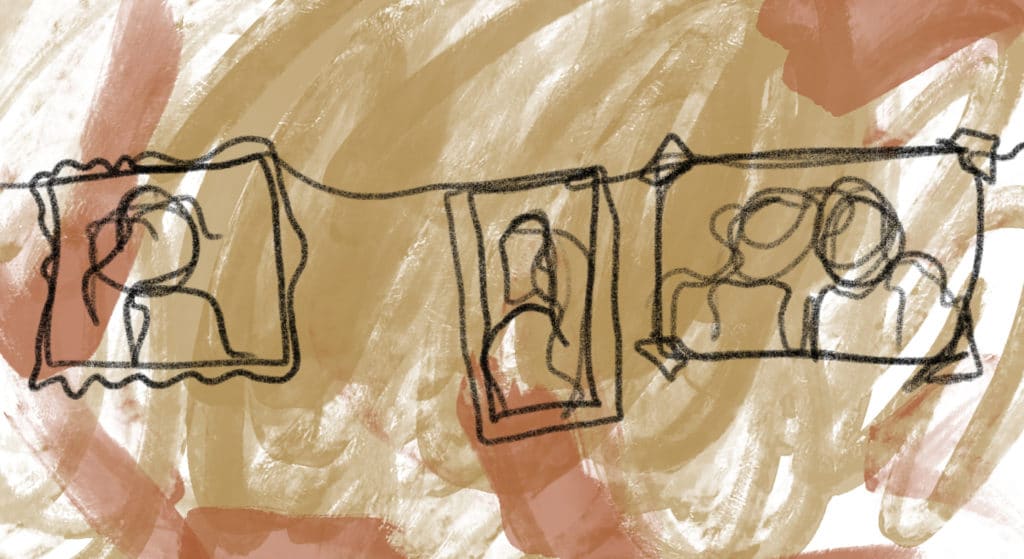
Father Richard introduces the first half of life and the necessary journey beyond it:
There is much evidence on several levels that there are at least two major tasks to human life. The first task is to build a strong “container” or identity; the second is to find the contents that the container was meant to hold. The first task we take for granted as the very purpose of life, which does not mean we do it well. The second task, I am told, is more encountered than sought; few arrive at it with much preplanning, purpose, or passion.
We are a “first-half-of-life culture,” largely concerned about surviving successfully. Probably most cultures and individuals across history have been situated in the first half of their own development up to now, because it is all they had time for. We all try to do what seems like the task that life first hands us: establishing an identity, a home, relationships, friends, community, security, and building a proper platform for our only life.
But it takes us much longer to discover “the task within the task,” as I like to call it: what we are really doing when we are doing what we are doing.…
Problematically, the first task invests so much of our blood, sweat, tears, and years that we often cannot imagine there is a second task, or that anything more could be expected of us. “The old wineskins are good enough,” we say, even though according to Jesus they often cannot hold the new wine. According to him, if we do not get some new wineskins, “the wine and the wineskin will both be lost” (Luke 5:37–39). The second half of life can hold some new wine because by then there should be some strong wineskins, some tested ways of holding our lives together. But that normally means that the container itself has to stretch, die in its present form, or even replace itself with something better.
Various traditions have used many metaphors to make this differentiation clear: beginner and proficient, novices and initiated, milk and meat, letter and spirit, juniors and seniors, baptized and confirmed, apprentice and master, morning and evening, “Peter when you were young … Peter when you are old” (John 21:18). Only when we have begun to live in the second half of life can we see the difference between the two. Yet the two halves are cumulative and sequential, and both are very necessary. We cannot do a nonstop flight to the second half of life by reading lots of books about it. Grace must and will edge us forward. “God has no grandchildren. God only has children,” as some have said. Each generation has to make its own discoveries of Spirit for itself.
No pope, Bible quote, psychological technique, religious formula, book, or guru can do the journey for us. If we try to skip the first journey, we will never receive its real fruits or understand its limitations.
Reference:
Adapted from Richard Rohr, Falling Upward: A Spirituality for the Two Halves of Life (San Francisco, CA: Jossey-Bass, 2011), xiii–xiv, 2–3.
Image credit: A path from one week to the next—Benjamin Yazza, Untitled 13 and 7. Jenna Keiper, Bisti Badlands. Used with permission. Click here to enlarge image.
A hawk judges its environment for survival and eventually takes flight.
Story from Our Community:
My wife and I retired from our respective professions eleven years ago, bringing closure to the “first half” of our lives which were focused on earning a living, raising a family, and securing our future. One began volunteering each year in Vietnam and Cambodia and have done so ever since. Working with the most wonderful caring and committed locals has brought the greatest joy, love and fulfillment into our daily lives. In these autumnal years, we’ve been blessed to taste something of the “second half” of life. It’s absolutely wonderful! —John Q.




